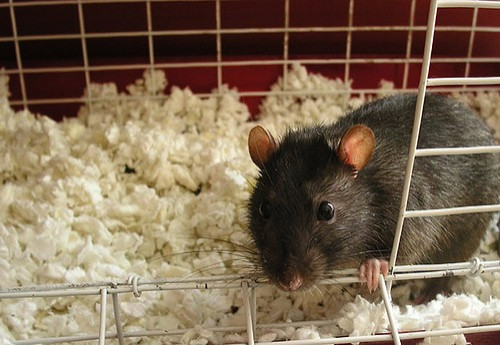Rats! 180 Million Of Them To Be Eradicated From Galapagos Islands

Ecuador has commenced a program designed to kill up to 180-million rats that have invaded the pristine Galapagos islands in order to save the unique flora and fauna native to the famous archipelago.
Conservation officials will drop 40 tons of poison bait (that will only target the invasive rats) by helicopter onto Pinzón island and an adjacent islet.
Galapagos hawks and iguanas, which eat rodents, have been temporarily removed from the islands to protect them from swallowing their poisoned prey.
“It’s one of the worst problems the Galapagos have. (Rats) reproduce every three months and eat everything,” a Nature Conservancy specialist involved in the operation told Associated Press.
Immortalized by the scientific journals of Sir Chrarles Darwin in the 19th century, the Galapagos chain is home to abundant wildlife, including giant tortoises, iguanas, sea lions, albatrosses, snakes, lava lizards, hawks and owls, passerine birds and finches.
According to National Geographic, the black rat species was accidentally introduced to the Galapagos by pirates and/or whalers in the 17th or 18th centuries. The archipelago is also infested with brown rats.
“Introduced rats, both black and brown, wreak havoc among the wildlife of Galapagos by preying on eggs and hatchlings of bird and reptile species, to such an extent that one species of Galapagos tortoise has had no natural recruitment for nearly a century, and some unique bird species have become critically endangered,” said the Galapagos Conservancy website.
“Their control and possible eradication in specific sites is a major priority for conservation in the islands.”
Rats also deplete plant species that other creatures depend upon for sustenance.
AP noted that in prior years, other invasive species – including goats, cats, burros and pigs have been removed from various islands.
Ecuadorean officials hope to eradicate all non-native rats on the islands by 2020.
"This is a very expensive but totally necessary war," a local official told AP.
© Copyright IBTimes 2024. All rights reserved.





















